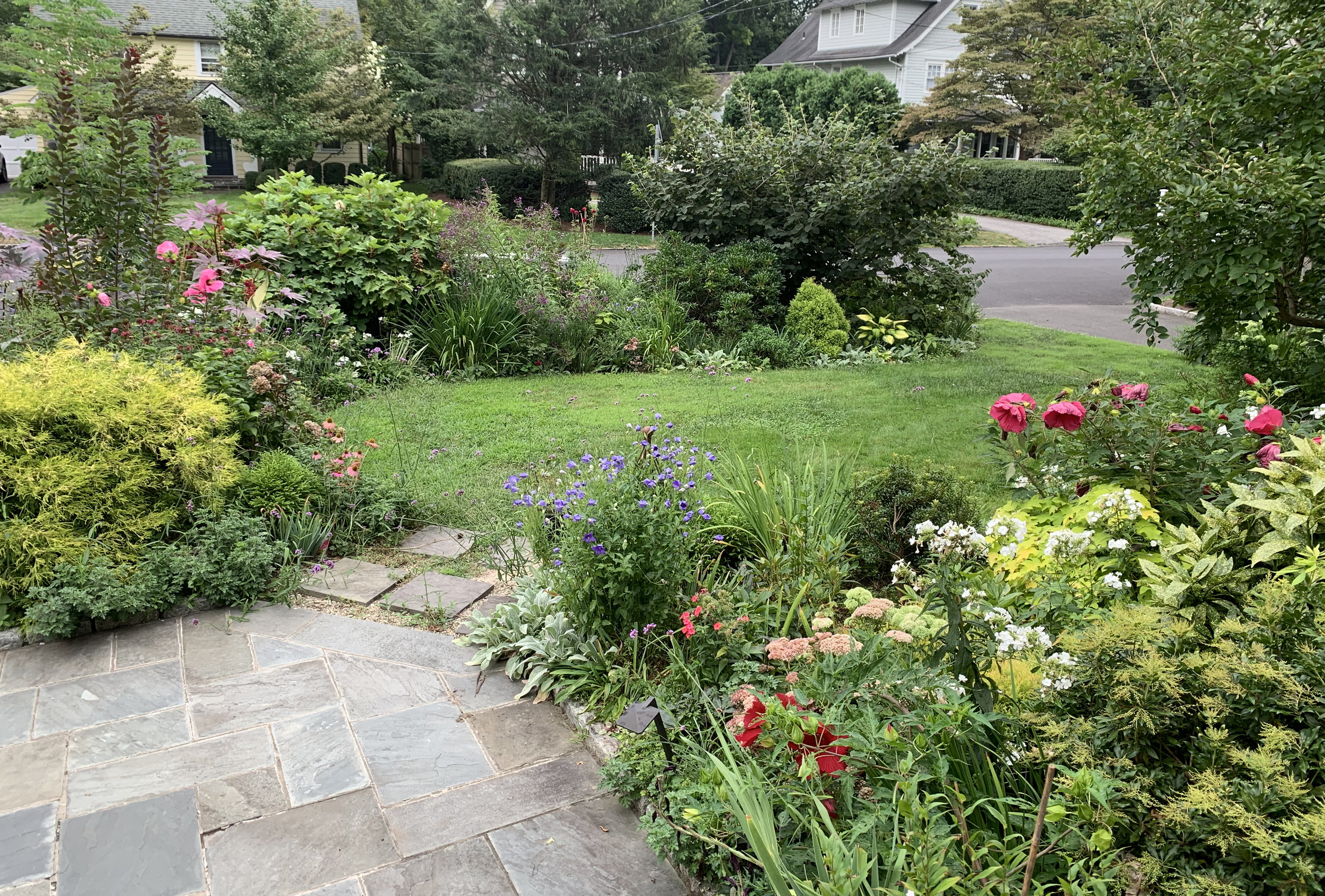Welcome to My Garden
I am Char Barnes, and I have been gardening at the same southwestern Connecticut house for more than twenty years. During that time it has gone from a neglected plot to a picturesque garden with paths and curved beds loaded with flowers. I have planted trees, shrubs, perennials, and annuals.
Everything on this site is based on my personal experience and opinion, and I have plenty of both.

